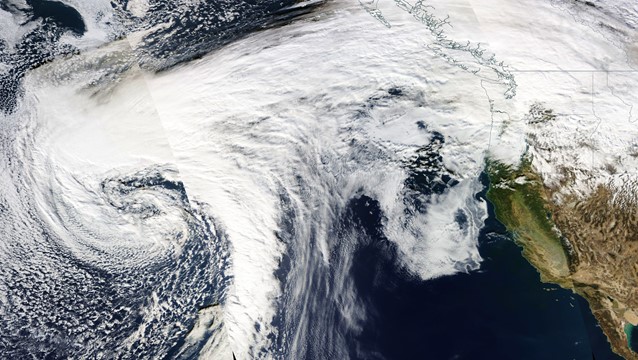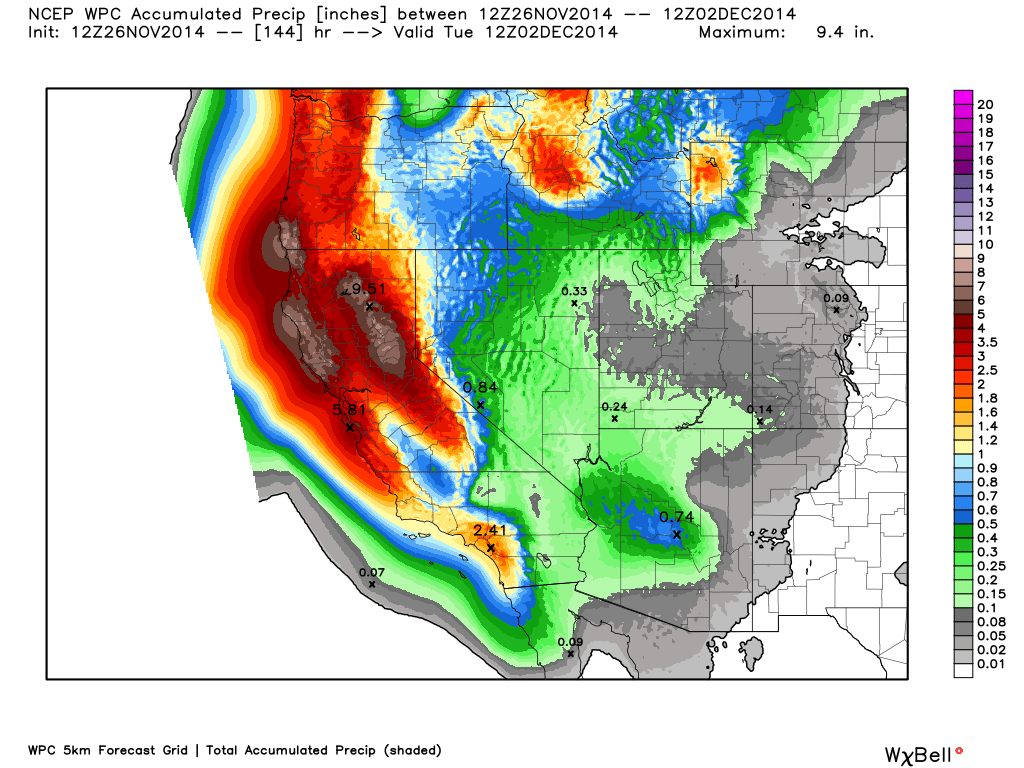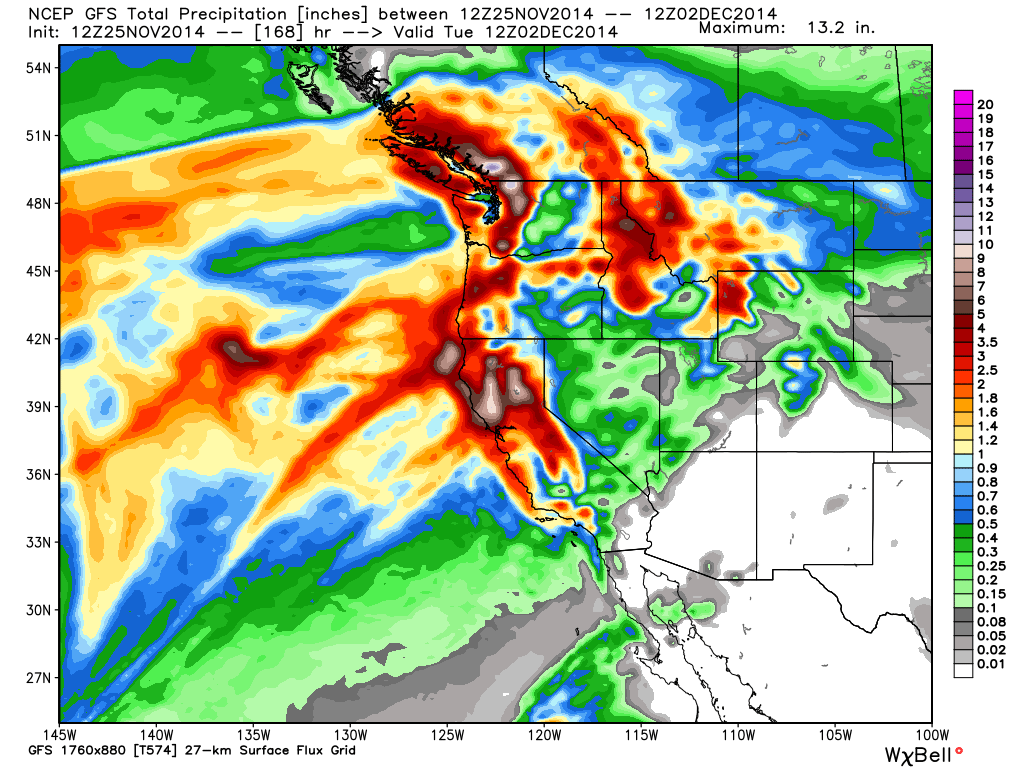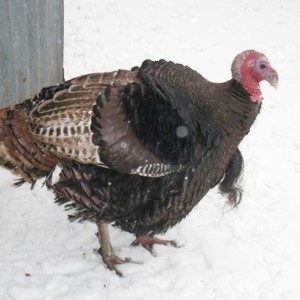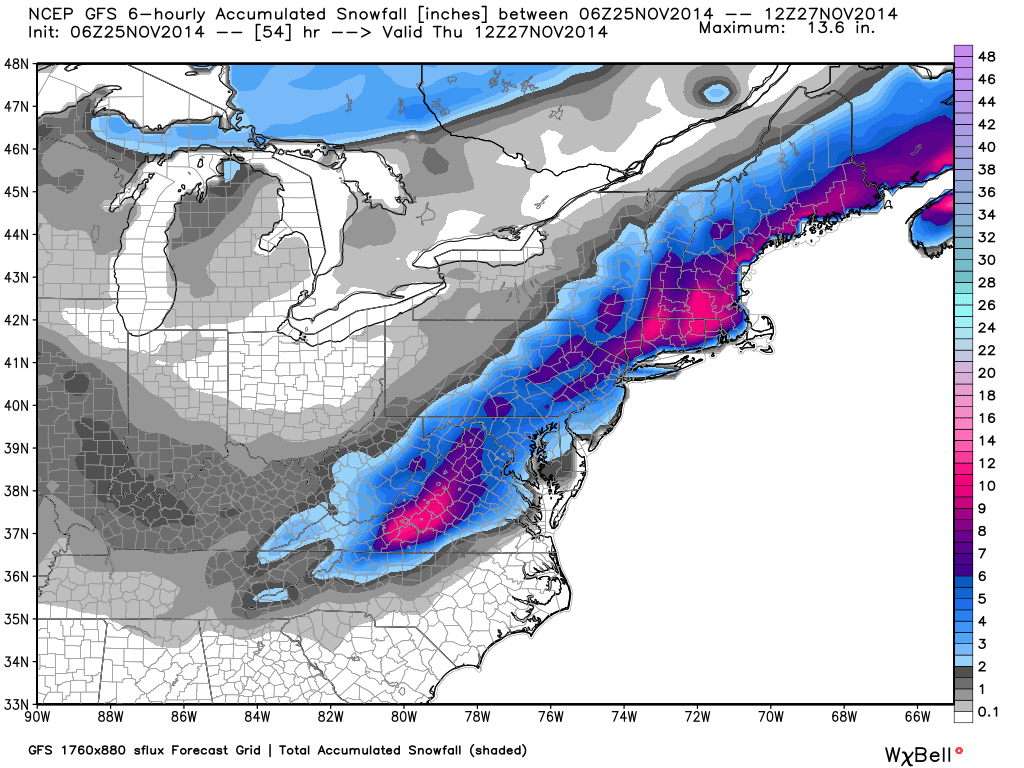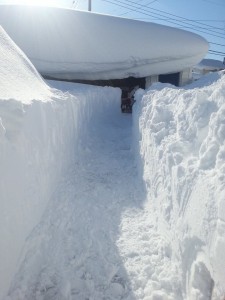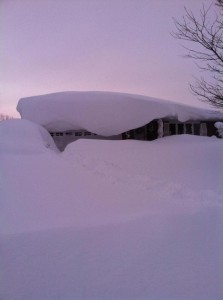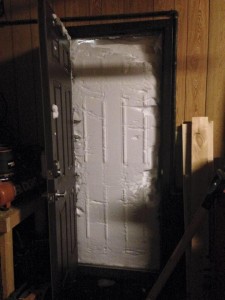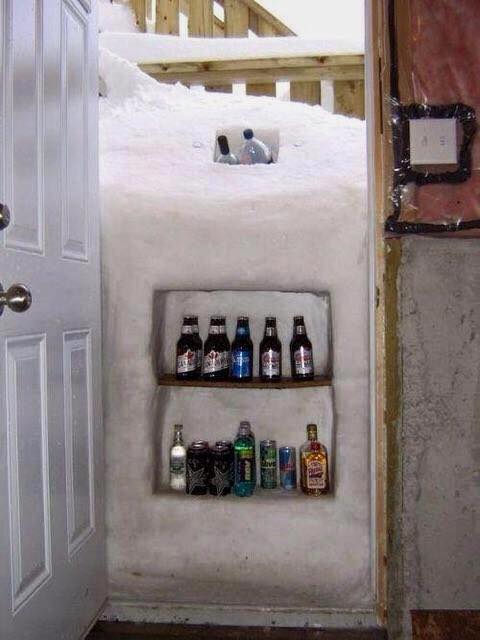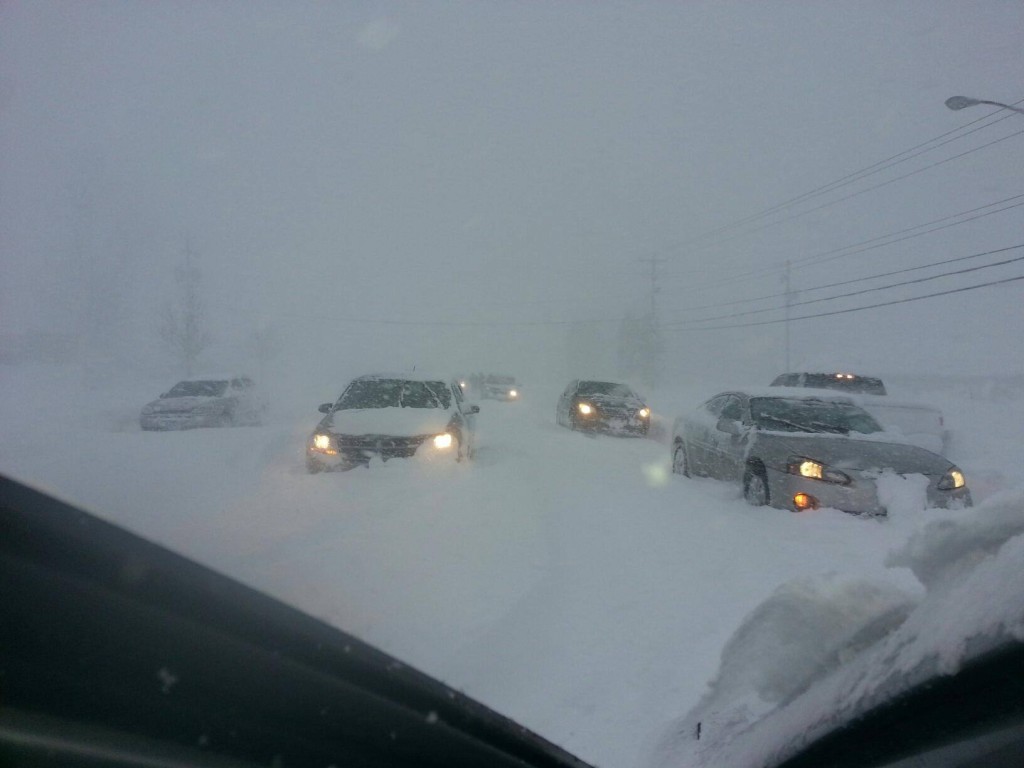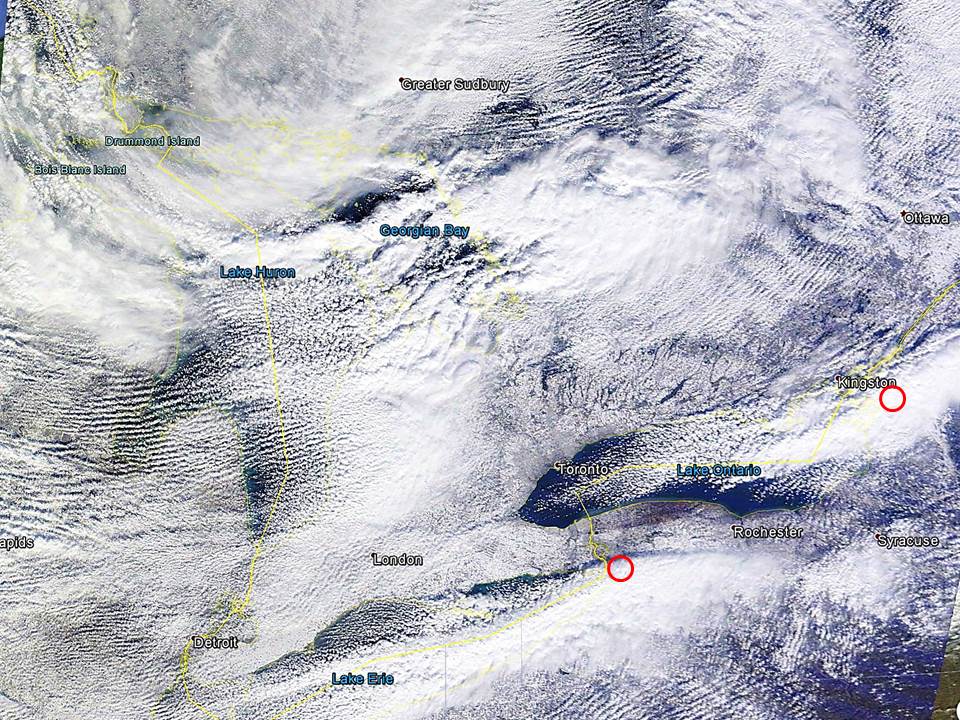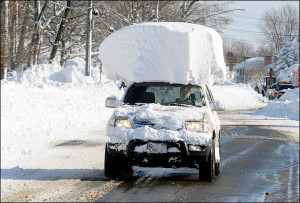
Lancaster, NY received 6 feet of snow in the recent storm. (AP – Gary Weipert)
It has become axiomatic (and fashionable) that any change we see in nature is caused by
global warming climate change.
Global warming was going to make snow a thing of the past. Until someone looked out the window and decided global warming causes more snow.
The epic Buffalo, NY storm this week was still in progress when that opportunistic organization Climate Central announced that more lake effect snow could be expected with global warming.
SIGHHH.
Except that the Great Lakes were unusually cold this year, after near record cold last winter. Then, an even more unusual cold blast of air that started over eastern Siberia made it’s way to the U.S. and the cooler lake waters were not enough to depress the lake effect snow machine: over 6 feet of snow has fallen south and east of downtown Buffalo this week.
So, in what universe does a cold winter, a cool summer, cold lake water, and an unusually cold fall air mass result from global warming?
Not in our universe.
The computerized climate models that provide the basis for climate change proclamations produce less snow with warming. Yes, a warmer world has more water vapor in the atmosphere to feed snowstorms, but you need atmospheric circulations driven by large-scale temperature contrasts to form low pressure systems. And since the equator-to-pole temperature contrast has decreased in recent decades, we should be seeing less storminess.
Yet, there are a few researchers (e.g. Jennifer Francis at Rutgers) who claim the reduced equator-to-pole temperature contrast is being accompanied by more storminess. But this does not make physical sense from a basic atmospheric energetics standpoint. You cannot have more storminess from a reduced temperature gradient. It’s like getting something from nothing, like a perpetual motion machine. The consensus on the idea is that it is wrong, even from pro-global warming researchers.
There has been no substantial trend in Northern Hemisphere wintertime snow cover since records began in the late 1960s, but spring snowcover has decreased, due to spring tending to arrive earlier in a slightly warmer world.
What DOES affect Northern Hemisphere weather patterns are known climate cycles: the Pacific Decadal Oscillation (PDO), and the North Atlantic Oscillation (NAO), which can change our average winter weather for about 30 years…before changing again. In recent years, we have entered the negative phase of the PDO, which could mean winters more typical of the 1960s and 1970s for the next 20+ years. But no one really knows.
On shorter time scales, El Nino and La Nina, as well as the Arctic Oscillation, can strongly impact individual winters.
But when people immediately point to ‘global warming’ anytime something unusual happens, it is (in my opinion) just intellectual laziness — or money-driven advocacy.
It’s just weather, folks.

 Home/Blog
Home/Blog